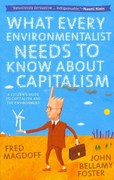Answered step by step
Verified Expert Solution
Question
1 Approved Answer
Hello, the answer is given in red, but please give step by step explanation, please dont just repeat answer, eg explain the formula used, if
Hello, the answer is given in red, but please give step by step explanation, please dont just repeat answer, eg explain the formula used, if diagrams helps you to explain, please do use it, thank you!


Step by Step Solution
There are 3 Steps involved in it
Step: 1

Get Instant Access to Expert-Tailored Solutions
See step-by-step solutions with expert insights and AI powered tools for academic success
Step: 2

Step: 3

Ace Your Homework with AI
Get the answers you need in no time with our AI-driven, step-by-step assistance
Get Started


